
Monstera Obliqua, Foliage, Plant Leaves, Growing, Shop, Plants, Store
The Monstera obliqua Peru has the highest fenestration amongst the Monstera obliqua types and is one of the most commonly seen Monstera obliqua species. Monstera obliqua Peru is known for its larger holes and is frequently found in urban jungles. On the other hand, the Monstera obliqua Peru is a green plant that can climb a few meters.

Monstera obliqua, not the same as Philodendron piccolo • H O M E • Plants, Plant decor
Monstera Obliqua of the Araceae family, the rare cottage cheese plant, is mistaken for Monstera Adansonii most of the time.It is hard to find, and even when you do find it, it will be costly. The paper-thin leaves have more holes than the foliage, and it means that this Monstera genus plant needs special care and some expertise to grow it.
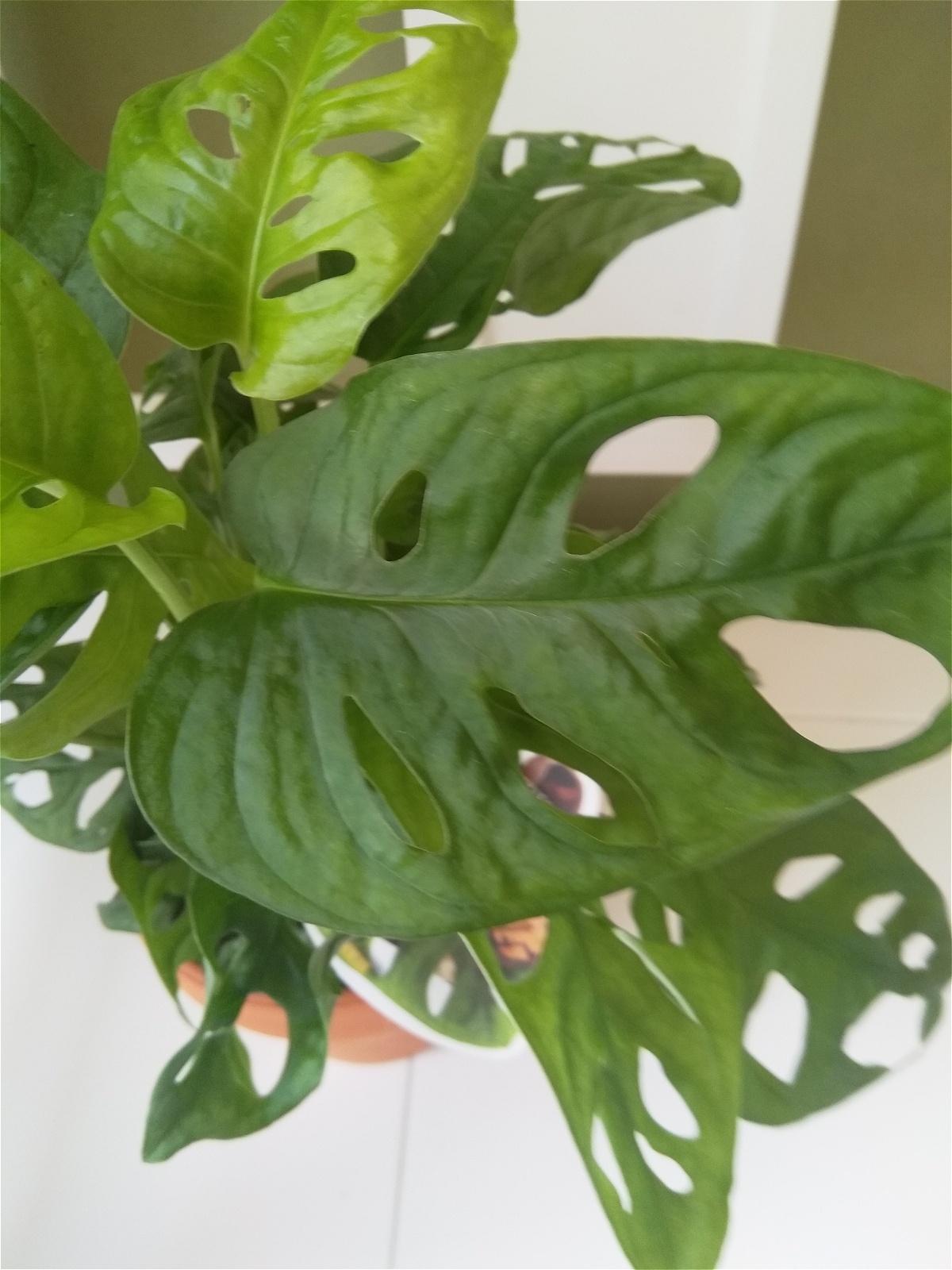
Monstera obliqua Flower Gallery Lincoln
Monstera Obliqua is one of the rarest and most difficult monstera varieties to grow, making it a challenging (and expensive) project for passionate plant lovers. Due to its slow growth, limited access, and amazing appearance, this is a Monstera variety that is rarely sold for less than $3,000.

Monstera Obliqua Facts about the Unicorn Plant
Monstera Obliqua Plant Care is used to high humidity levels of up to 90%, as well as a deep jungle canopy to protect them from direct sunlight. Temperature & Humidity . Monstera Obliqua is a tropical vine that requires a temperature tolerance of at least 60 degrees Fahrenheit. It can't take a lot of heat.
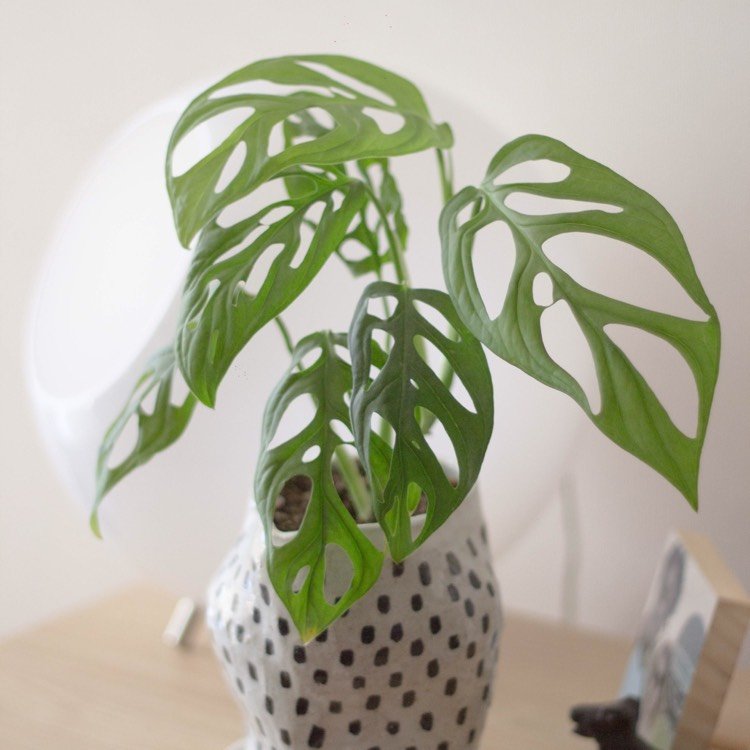
Identifying And Caring For The Rare Monstera Obliqua
For Monstera Obliqua to blossom and grow, you must invest in a top-notch potting mix. When buying from an independent nursery or collector, inquire about the specific soil blend used. Monstera Obliqua flourishes in a potting soil combination of peat with perlite for aeration and organic fibers like coco coir to nourish the roots without compacting.

Monstera obliqua vs Monstera adansonii Muggle Plants Monstera obliqua, Rare plants, House
However, your plant performs best with a pH range between 5.5 and 7.0. Fertilizer M. adansonii's flower isn't much to look at, and it doesn't fruit like M. deliciosa does. Source: Alex Popovkin. Monstera plants as a species are low to moderate feeders, but their requirements really depend on their size.
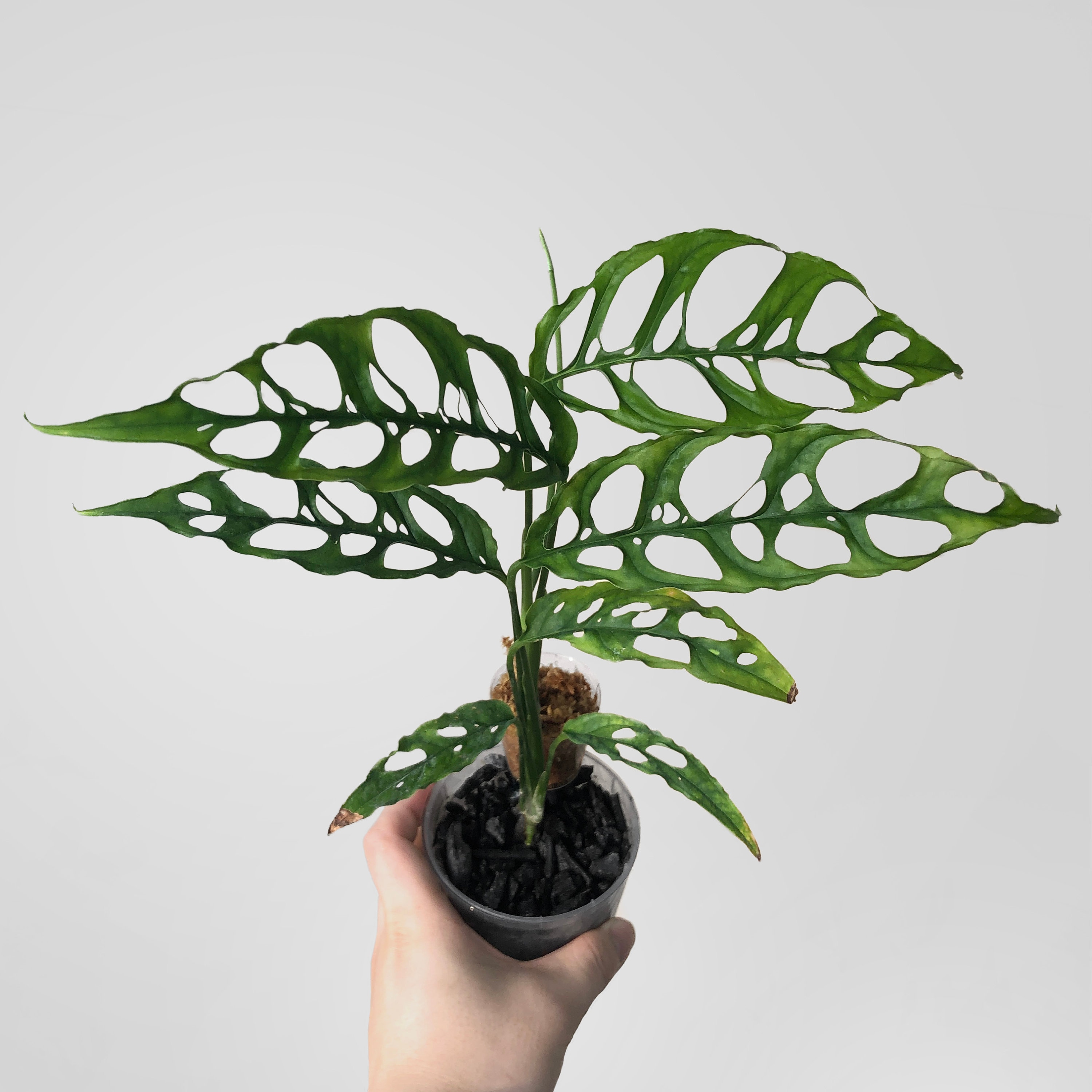
Monstera Obliqua Care Your Plant Helper
Prepare the sphagnum moss by soaking it in water for at least 15 minutes to rehydrate it. In the meantime, take cuttings from your plant. Using a pair of sharp, clean pruning shears, take a stem cutting from a healthy and established Monstera obliqua. The cutting should have at least two nodes and at least one leaf if possible.
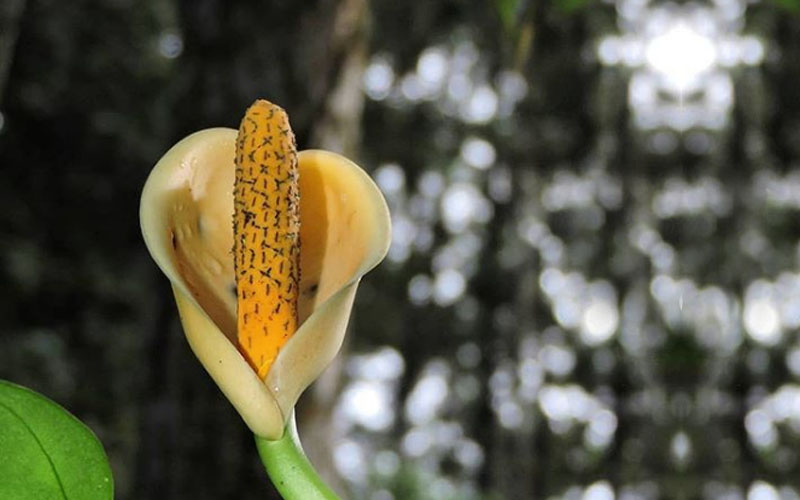
How To Identify & Take Care of The Real Monstera Obliqua
Monstera obliqua is famous for its incredibly fenestrated leaves. While this only applies to certain types (such as Peru), these are certainly the most sought-after cultivars. These typically have more surface area in the holes than in the leaves, giving the plant a delicate, soft appearance.

monstera obliqua Monstera obliqua, Monstera, Plants
The "Peru" or Monstera Obliqua Peruviana is the variety most people picture when they hear Monstera obliqua—sought after by plant collectors because of its holes and fenestration. Although much less well-known than the larger Monstera Deliciosa, this would be an excellent prize in your plant collection.
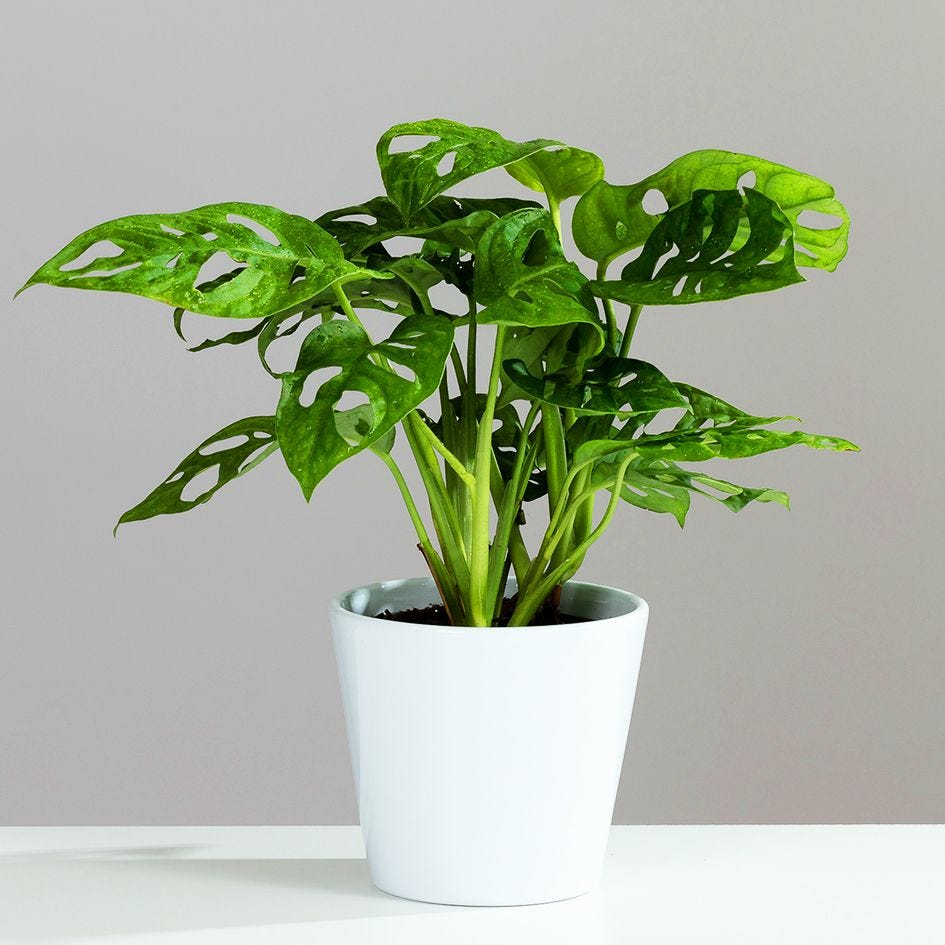
Monstera Obliqua Plants To Your Door
The inflorescence is a fancy term for flower. Monstera obliqua produces up to 8 spadices in a cluster whereas other Monstera in the family only produce 2. Spadices or Spadix in the singular is a spike of minute flowers that are arranged closely around a fleshy axis enclosed in a spathe. Monstera obliqua flowers 1.5 years after germination.
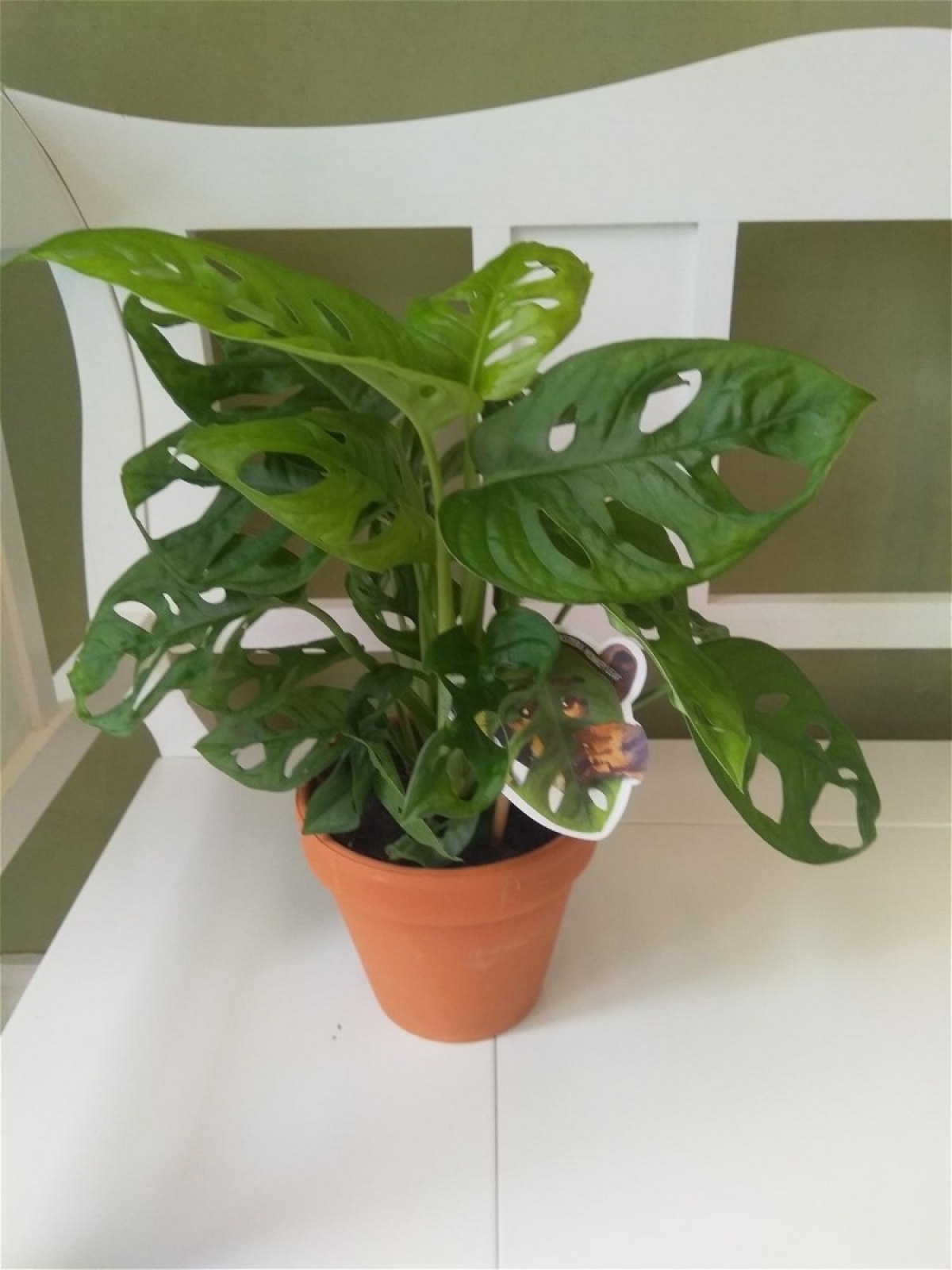
Monstera obliqua Plants Flower Gallery Lincoln
The obliqua can't grow in temperatures below 25° to 30° degrees Fahrenheit. However, the plant can tolerate humidity and actually thrives at humidity levels above 90% percent. The recommended maximum USDA hardiness zone for the Monstera obliqua is Zone 11. The minimum hardiness zone is Zone 9b.
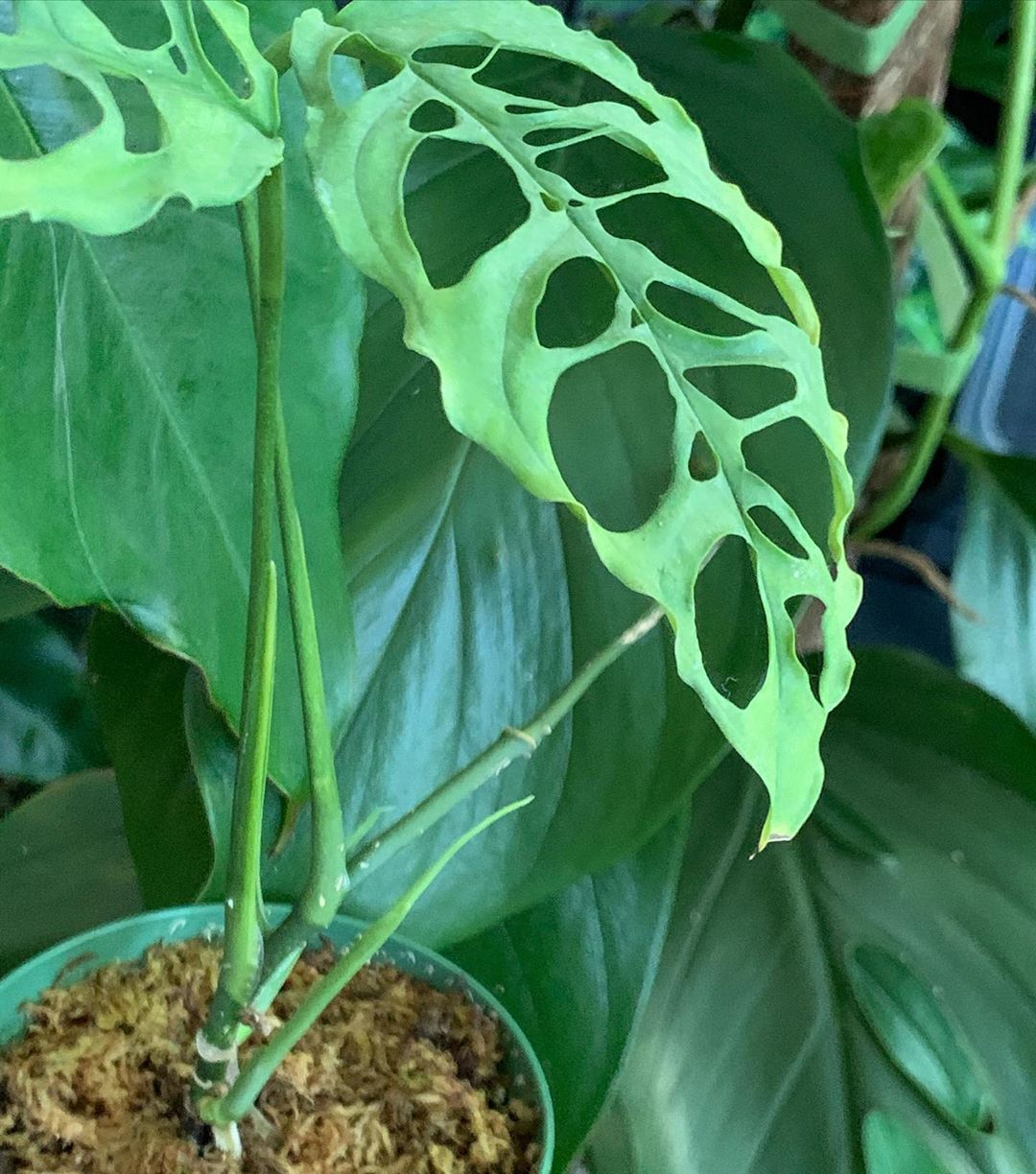
Monstera Obliqua Tips for Buying and Caring for This UltraRare Monstera Variety Monstera
4. Moderate to warm temperatures with sunny highs. As previously mentioned, the Monstera obliqua is native to a jungle environment, so it follows that it prefers warmer climates. Indoors, it requires a minimum of 60F to 70F (16C to 21C) to flourish. If your home environment is on the cooler side, don't despair.
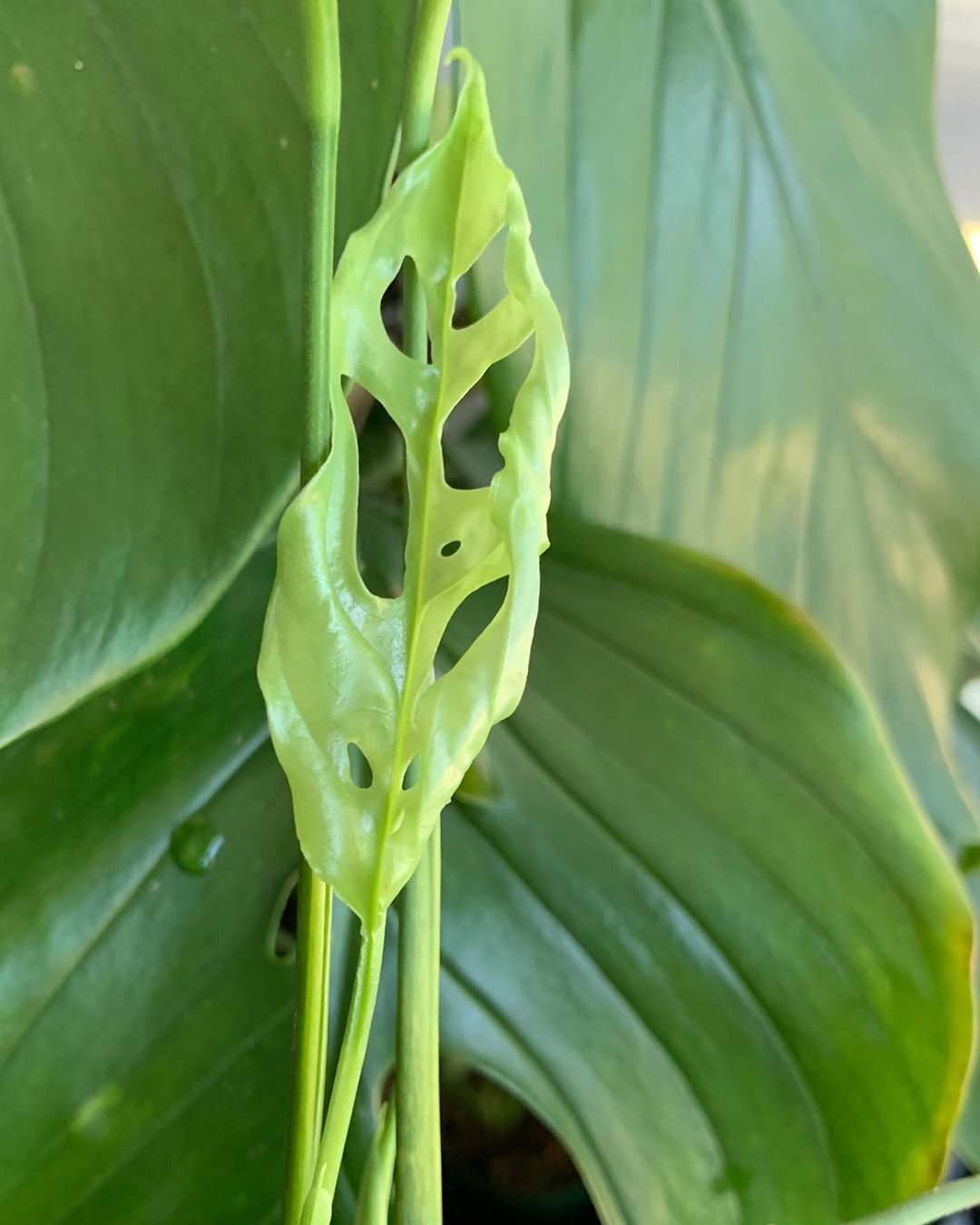
Monstera Obliqua Tips for Buying and Caring for This UltraRare Monstera Variety Monstera
All plants require fertilizers for maximum growth. The Monstera requires slightly less quantity than other plants due to its slow growth. During the growing period, add house plant feed to the young plant every two weeks. The Obliqua requires a ratio of 3-1-2, N-P-K; 3 part nitrogen; 1 part phosphorus; 2 part potassium.
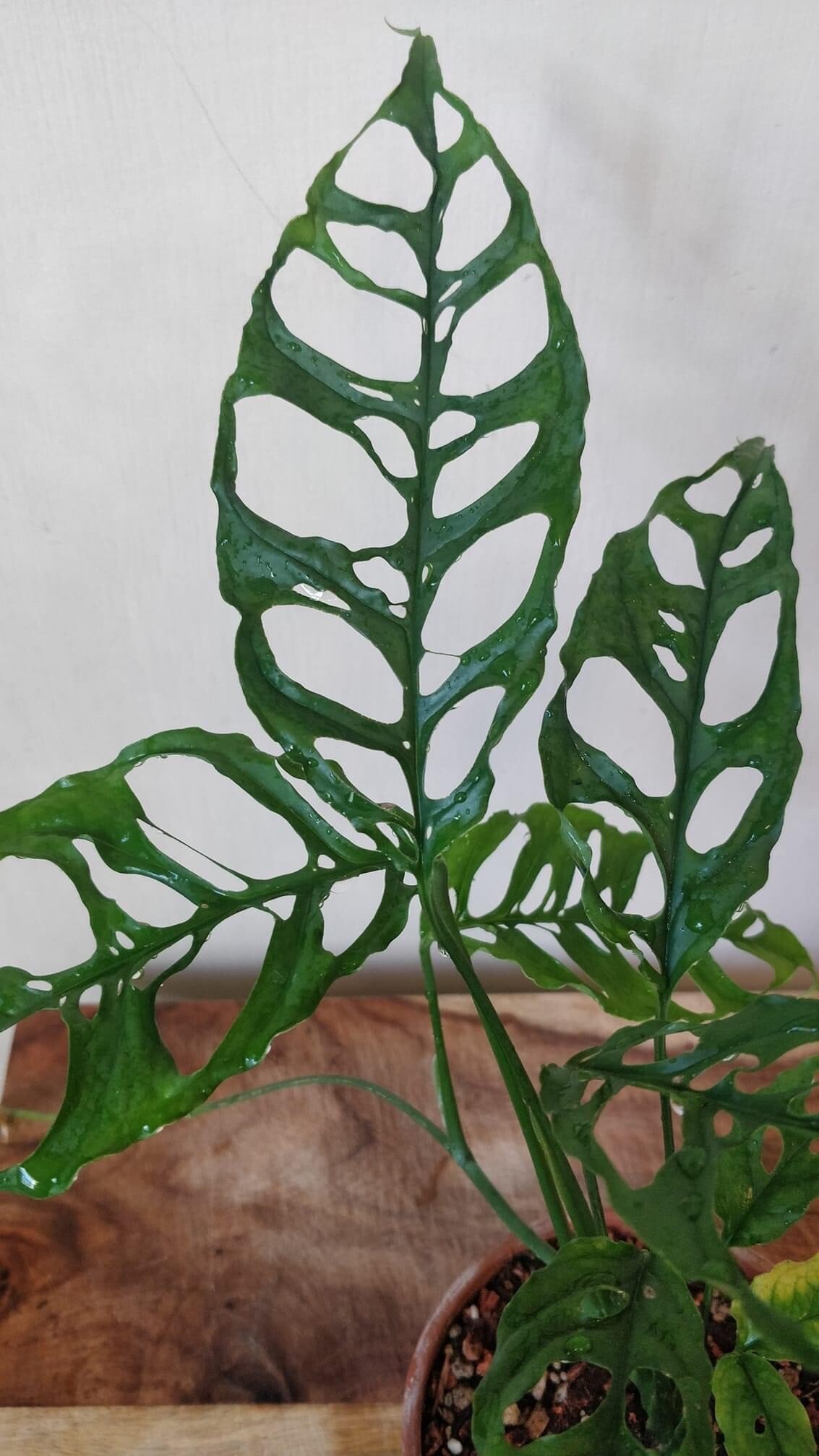
Identifying And Caring For The Rare Monstera Obliqua
Monstera obliqua is a delicate plant that requires a well-draining soil mix to thrive. A fast-draining mix, such as a combination of peat moss, perlite, and potting soil, will provide the ideal environment for your Monstera obliqua plant.

Pin on BLOMSTER
Monstera obliqua flower. Monstera obliqua is a rare, unique, and costly species mainly in the domain of rare plant collectors. It has holes covering most of the leaf surface and an entire margin. We bet you will love it. It is terrific. What about the Monstera obliqua flower? It has a deep yellow flowering spadix that turns green or olive green.
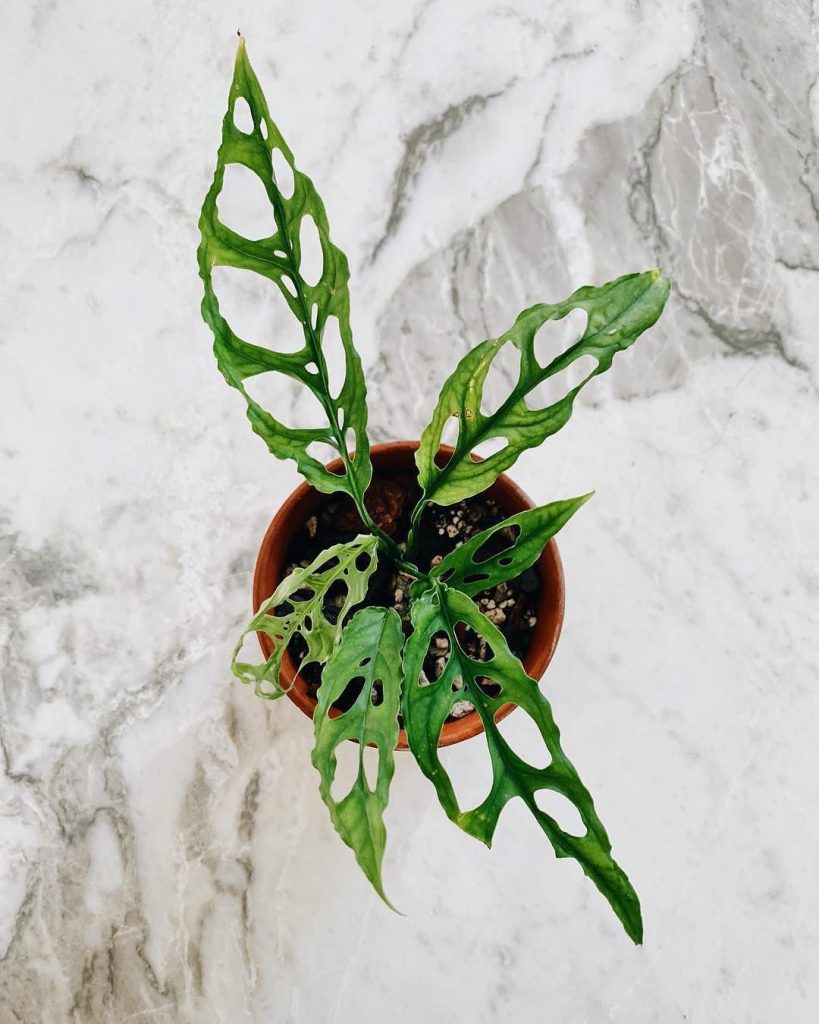
Identifying And Caring For The Rare Monstera Obliqua Garden Lively
What Is a Monstera Obliqua? Monstera Obliqua is a unique plant because it boasts perforated foliage. Just like Monstera Deliciosa, Monstera Obliqua is considered a perennial plant and belongs to the Araceae family. This Monstera plant's common names include Mexican Breadfruit, Swiss Cheese Vine/Plant, and Window-Leaf.